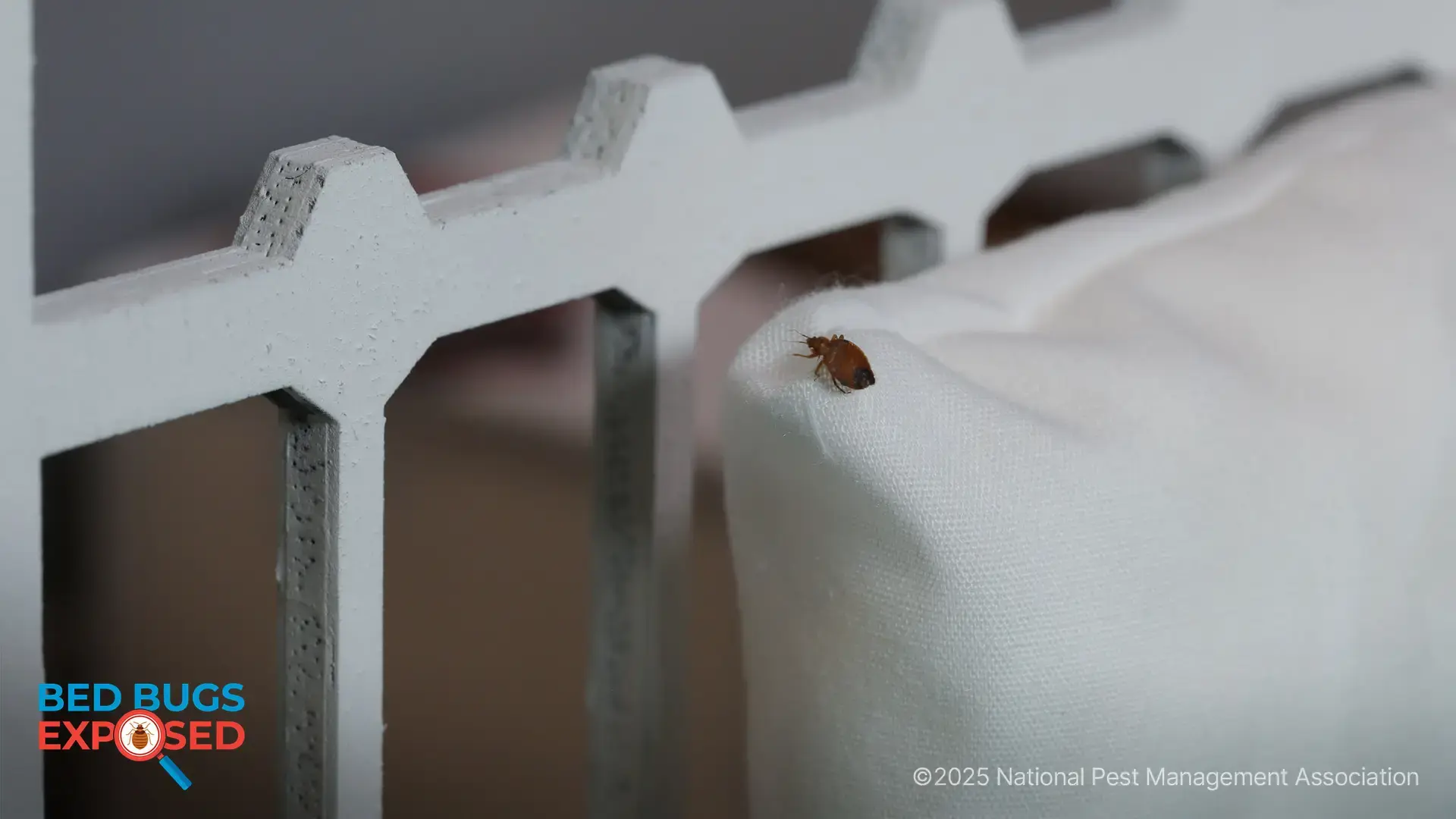Northern Giant Hornet Sting
A large and intimidating invasive hornet species made headlines in 2020 after being found in Washington state. The northern giant hornet, previously referred to as “Asian giant hornet,” or “murder hornet,” is the largest known hornet species in the world. They range between 1.5 to 2 inches in length with a large orange-yellow head, mostly black thorax, prominent eyes, and sharp mandibles.
These hornets are native to Asian countries, such as South Korea, Japan and Taiwan, making them an invasive species to the U.S. They are also very aggressive, known for attacking and feeding on honeybees as well as their ability to decimate populations they encounter.
With a longer and more dangerous stinger than most stinging insects, you may be wondering, “Do northern giant hornets sting people?”
While northern giant hornets usually don’t sting people or pets unprompted, they can and will sting repeatedly if they feel threatened. In Japan, this pest is known to kill as many as 50 people per year.
Northern giant hornet stings are painful. If you are stung, you will certainly know it, as this pest’s stinger contains neurotoxins and is large enough to puncture a standard beekeeping suit. Pain from a northern giant hornet sting is greater than a honeybee’s because they can inject up to 28 times more venom in a single sting. However, it’s incredibly rare that northern giant hornet stings are life threatening unless someone is highly allergic.
Luckily, northern giant hornets are not known to be established in the U.S. outside of Washington state, so they aren’t a significant threat at this time. Americans face much more of a risk of encountering other stinging insect species like yellowjackets and wasps.
For help identifying a stinging insect infestation or removing a hive or nest, reach out to a pest control professional for assistance. Additionally, contact the USDA to report the sighting of a northern giant hornet so they can keep track of where they are being found in the U.S.

Learn About Rodents
Rodents invade millions of homes each winter. Learn more about them!

NPMA's Bug Barometer Forecast
The latest Bug Barometer® forecast from the National Pest Management Association reveals what homeowners across America can expect from pest activity this fall and winter.

NPMA's Bed Bugs Exposed Project
Check out NPMA's Bed Bugs Exposed project to learn more about this hitchhiking pest and how to prevent an infestation at home.
Find a PEST PRO in your area

Learn About Rodents
Rodents invade millions of homes each winter. Learn more about them!

NPMA's Bug Barometer Forecast
The latest Bug Barometer® forecast from the National Pest Management Association reveals what homeowners across America can expect from pest activity this fall and winter.

NPMA's Bed Bugs Exposed Project
Check out NPMA's Bed Bugs Exposed project to learn more about this hitchhiking pest and how to prevent an infestation at home.
